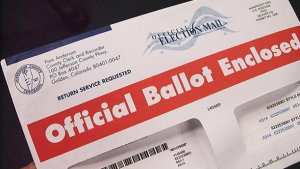 Despite the hullabaloo about the dramatic increase in ballots returned due to the increase in unaffiliated voters’ participation, the results weren’t too different from conventional predictions. In other words, the front runners swept the primaries.
Despite the hullabaloo about the dramatic increase in ballots returned due to the increase in unaffiliated voters’ participation, the results weren’t too different from conventional predictions. In other words, the front runners swept the primaries.
This is not necessarily a bad thing. Front runners are front runners for a reason. They have more money, more name ID, better resources, or some combination of these elements. Did the increase in unaffiliated voters bring a more moderate electorate? Meh, that doesn’t appear to be the case. If anything, maybe on the margins.
For example, it appears that establishment pick Democrat Phil Weiser bested Bernie acolyte Joe (not Ken) Salazar in the Democratic AG primary by just over a percentage point and just about 10,000 votes. Then again, Weiser had ten times the funding that Not That Salazar had.
It’s great to include more people in our electoral process, but, honestly, those who thought this would produce a radically different result will be sorely disappointed.
Perhaps it’s not that unaffiliated voters are more moderate (as so many would like us to believe), but that unaffiliated voters don’t affiliate for myriad reasons. In some cases, it’s because the party is too moderate, putting these voters to the left and right of their respective parties. Either way, it’s not so simple to balkanize this group into one voter group. In some ways, unaffiliated voters are just a microcosm of all other voters.
